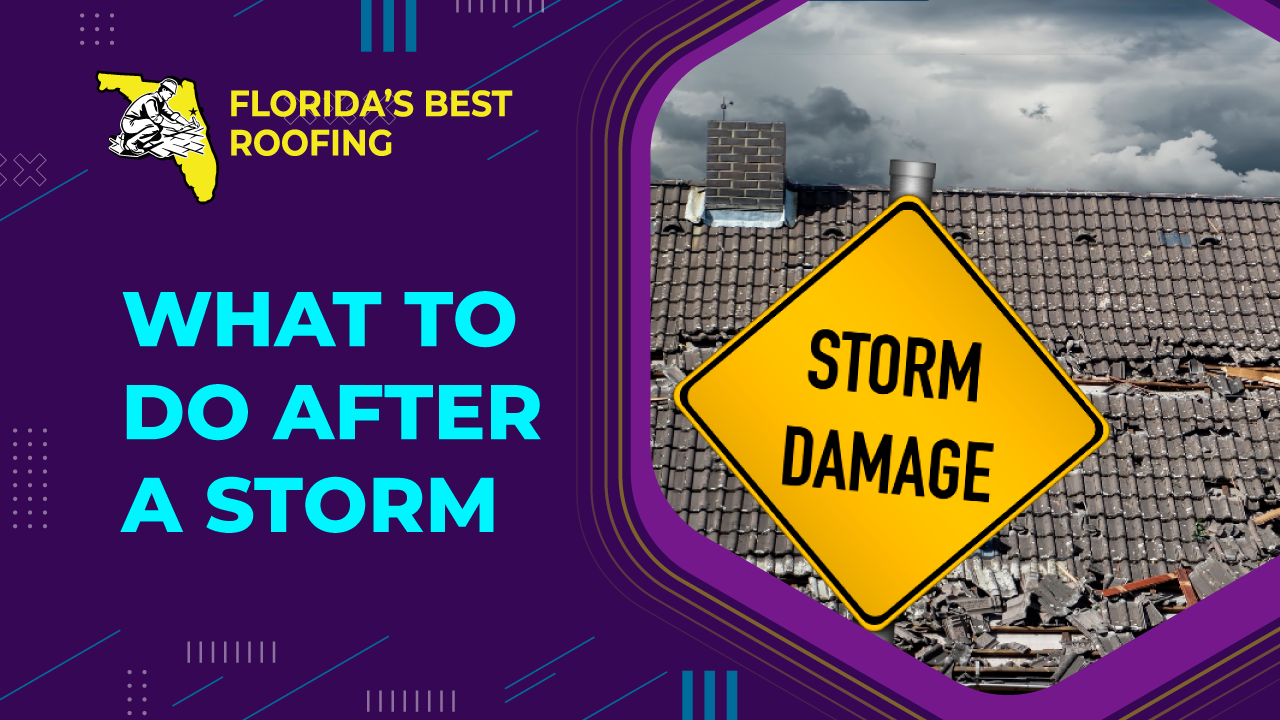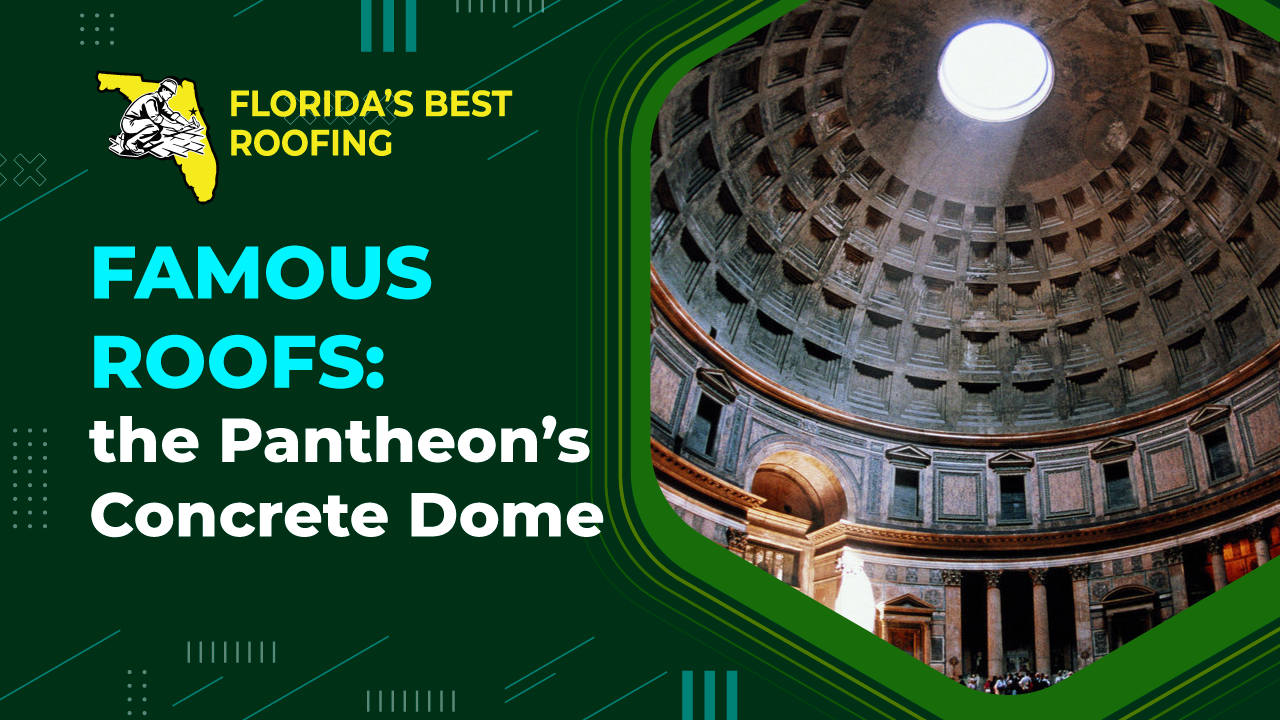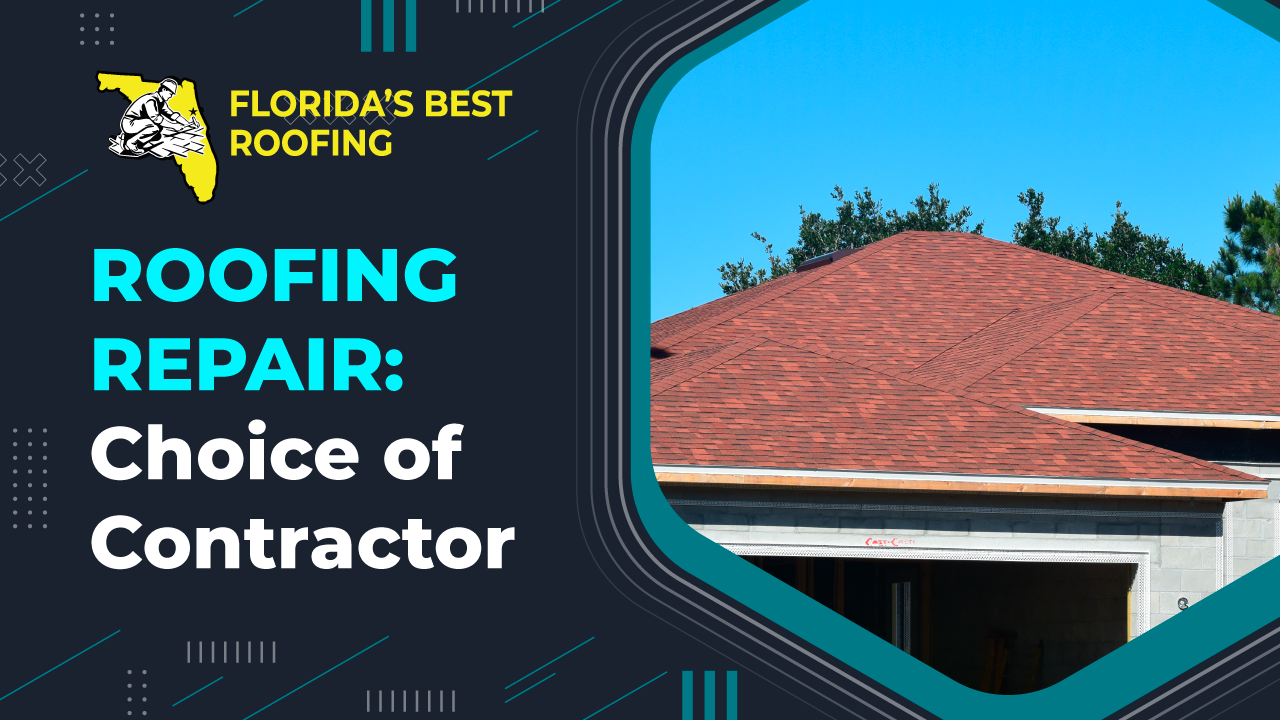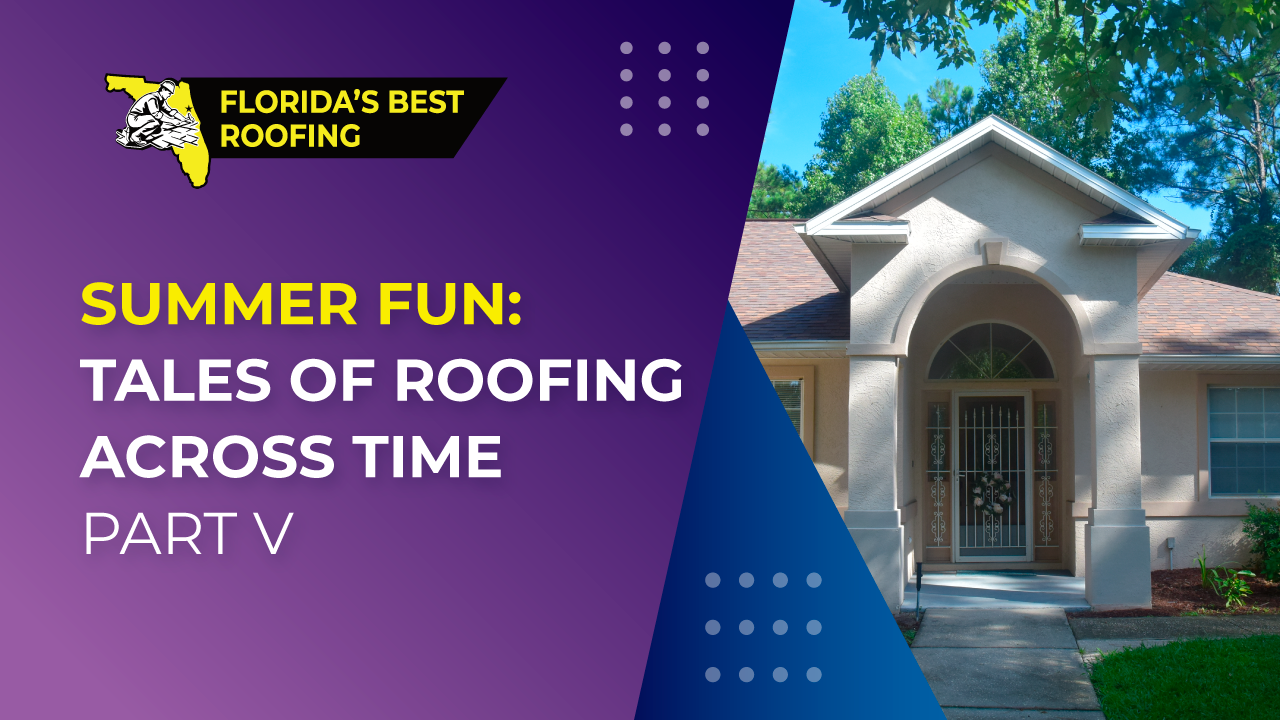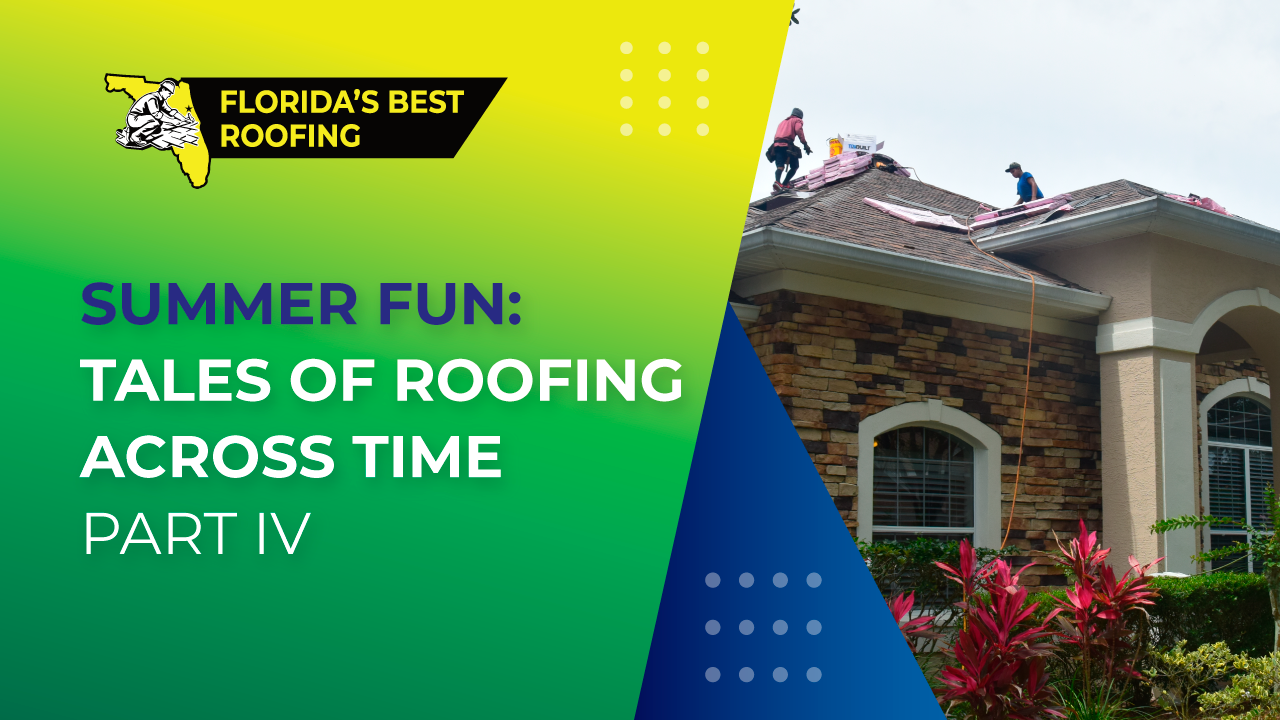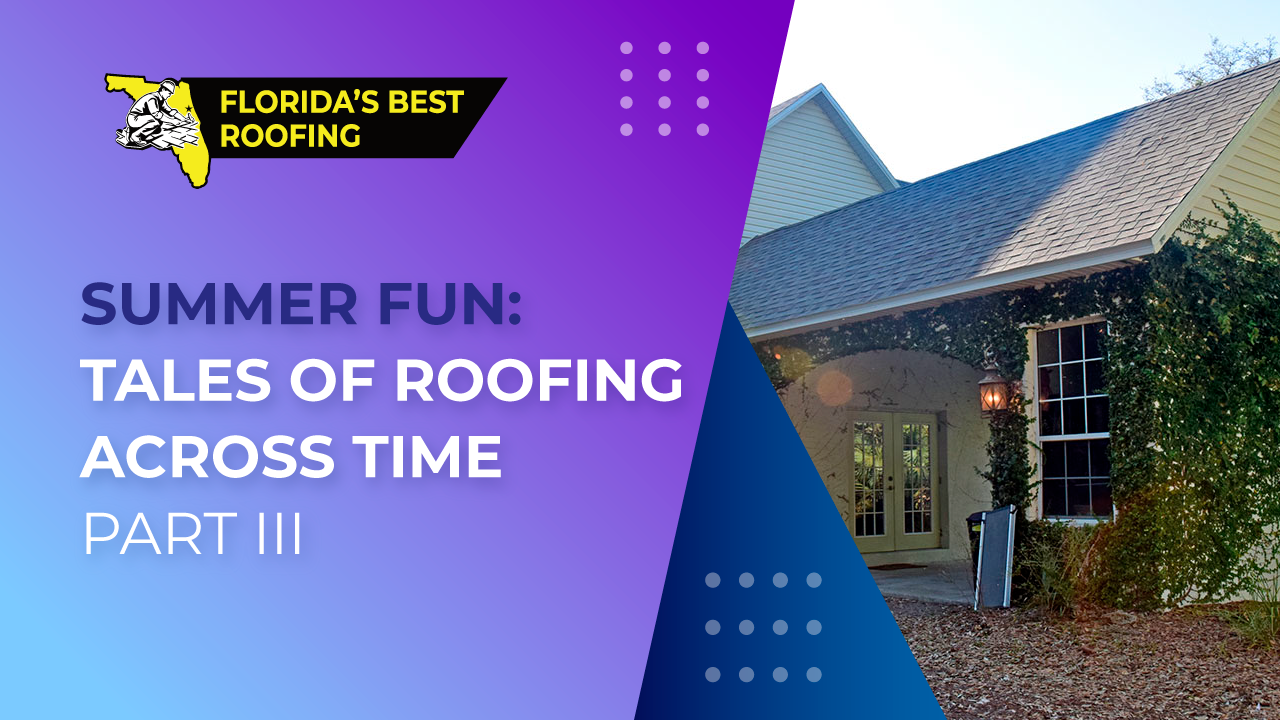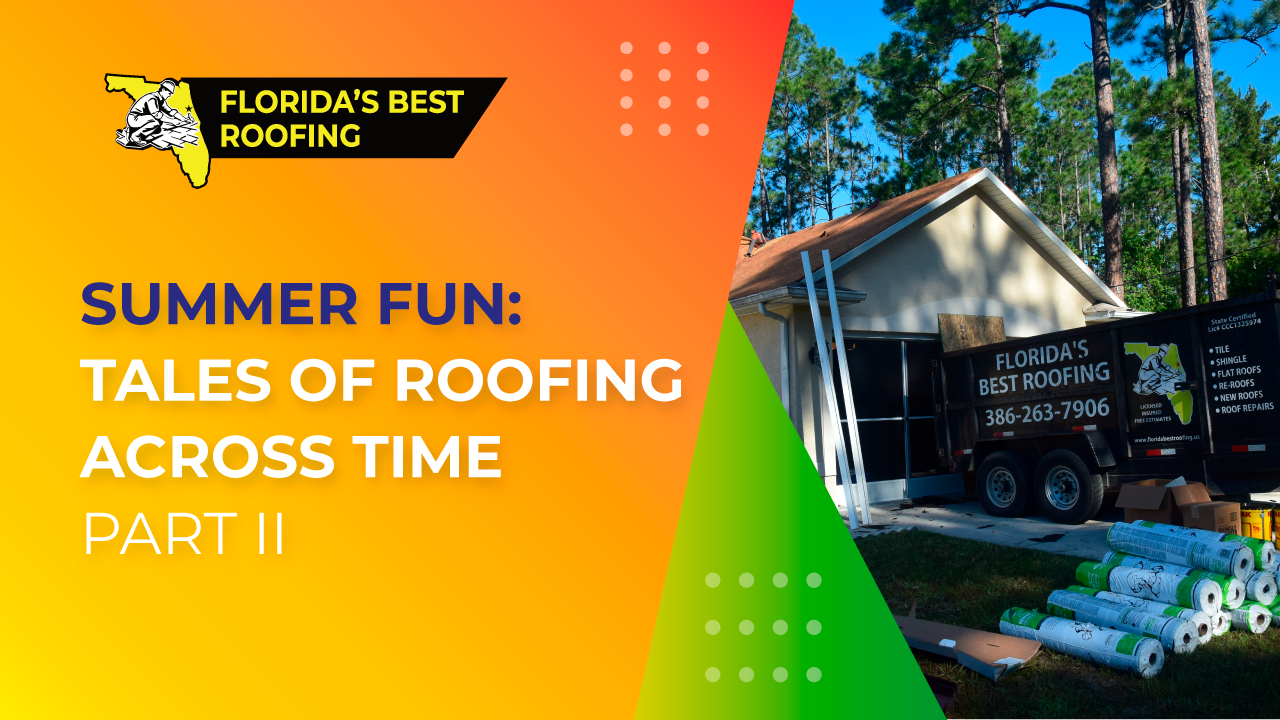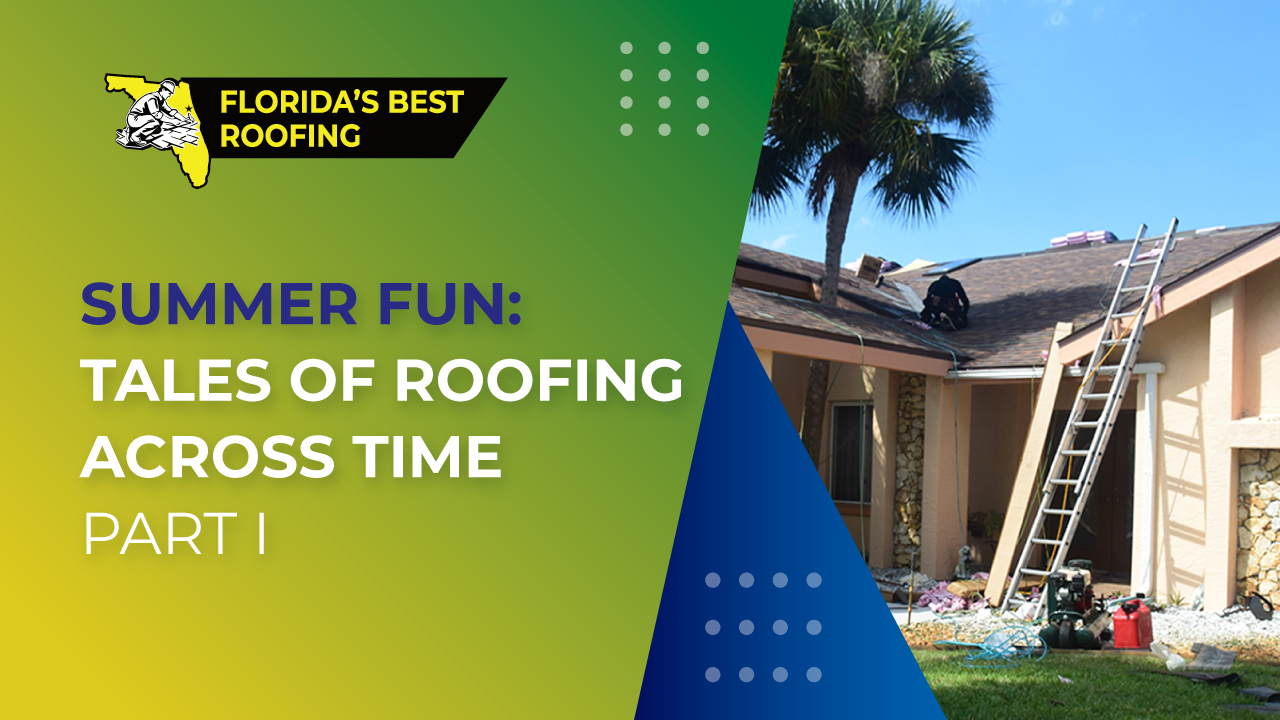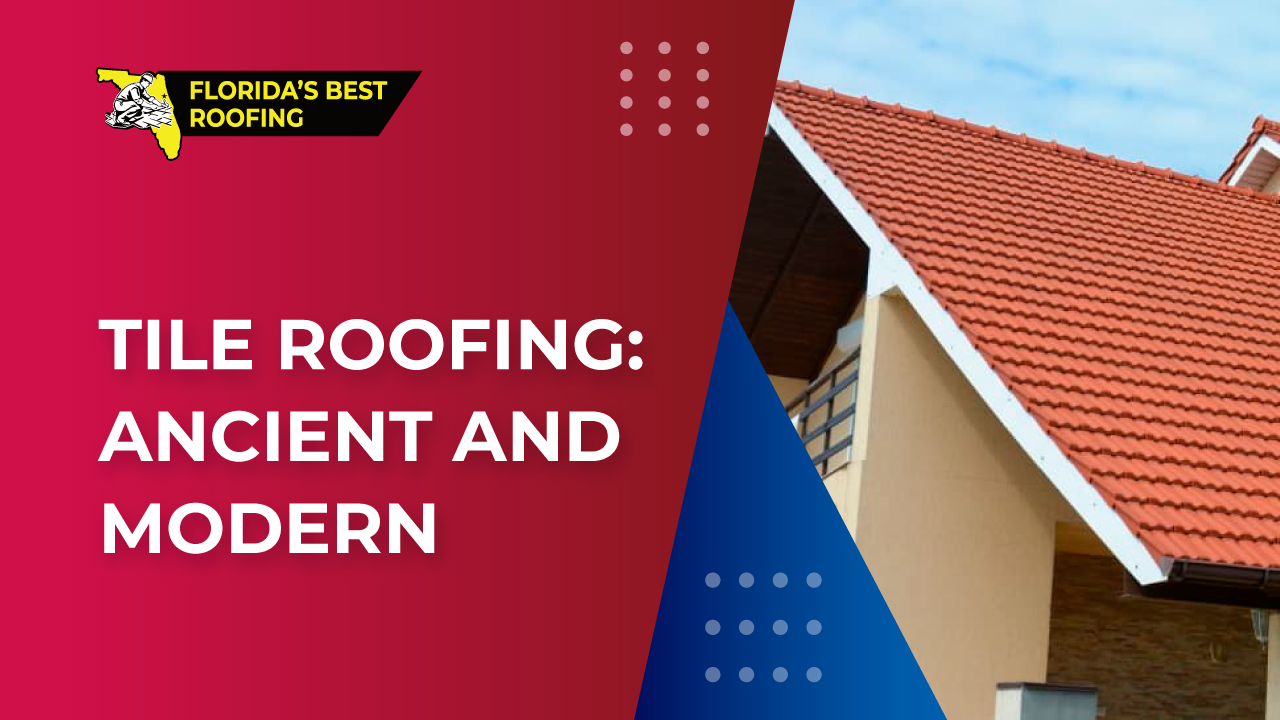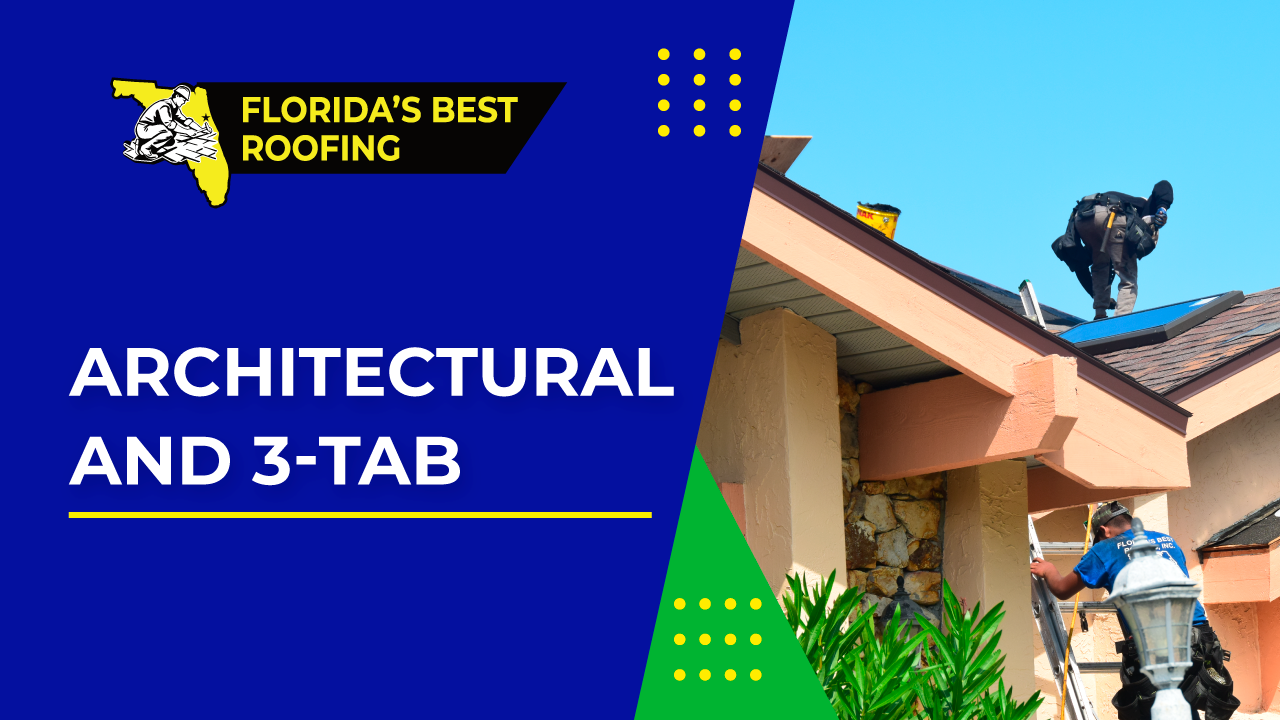Are you Looking for a Roofing Contractor?
With the recent damage from storms like Hurricane Ian, many homeowners in Florida are looking for a roofing contractor to repair storm damage to their roofs or to replace aging roofs with higher quality new roofs that can stand up to future storms. Times like these can lead to chaos in the roofing business with endless calls and increasingly filled schedules. In this chaos often unscrupulous contractors enter the field and take advantage of desperate customers with promises of cheap, quick repairs or replacements. These promises are most often scams that collect deposits with no intention of doing the work or do a shoddy job and then disappear. For this reason this is a good time to remind homeowners how to select a contractor. Here are some aspects to consider when choosing your next roofing contractor.
Go Local
When looking for a contractor it always pays to go local. When searching for a contractor, whether in the newspaper or online, do some research. Check to see if the contractor has a local office, whether that office is actually present in the physical location (take a drive), and how long it has been there. Out of town contractors are not always scammers, but even if they are legitimate, it is hard to hold them to account. They may offer a warranty, and then never return your calls. They might set up a short lived local office but then disappear in a few months. When you go local, you know exactly where to find your contractor if you run into any problems. If they have been around for years, then it is a good bet that they will continue to be there for the foreseeable future. If you have a question about the work they do or need to contact them about a warranty repair, then they will be there for you.
Quality
It may be obvious, but it still warrants saying that quality work takes time. Anyone who has roofing damage will be desperate to have that fixed as soon as possible. It can get frustrating when waitlists after a storm start stretching from weeks to months. In these circumstances people get desperate and settle for anyone who promises to get the job done on the spot or within the next week or some such timeline. However, there is a reason that contractors end up with long waitlists–it is because many people trust them. A contractor who does low quality work will not have any return customers and will have a clear schedule. They will also prioritize quality work over fast work. A complex repair can take a day or more, and so the schedule begins to drag out. Beware any contractor who is not busy after a storm or promises to complete complex work in record time. Yes, it can get frustrating to wait, but quality work is worth waiting for.
Background
It is important to check on the background of your contractor. Are they licensed in the state of Florida and fully insured? It is illegal to perform roofing work without these qualifications. How long have they been around? The stability of a business is an important qualification. Check their website, google reviews, and other social media. What have their customers said about them in the past? Better yet, check with a friend, coworker, or neighbor who has recently had work done on their roof. Which contractor did they use? What was their experience like?
Quality, established contractors will always offer you a free estimate. For this reason it is in your best interest to call several contractors (after researching them) and get several estimates. This will allow you to compare prices, timelines, and the overall customer experience before making your choice. Beware of anyone who significantly underbids all other offers. Estimates take into account material and labor costs–it is impossible to defer either or both to any significant extent without cutting corners.
If you have any questions about roofs, we would be happy to help you out. Florida’s Best Roofing, Inc. is a fully licensed (CCC 1325974) and insured, local roofing contractor with decades of experience. If you are interested in roof replacement or repair and you are in the Palm Coast, Flagler, or Volusia area, please give us a call at 386-263-7906 for a free estimate!


